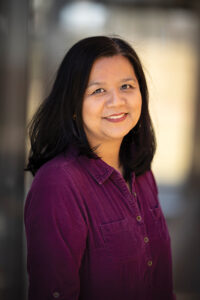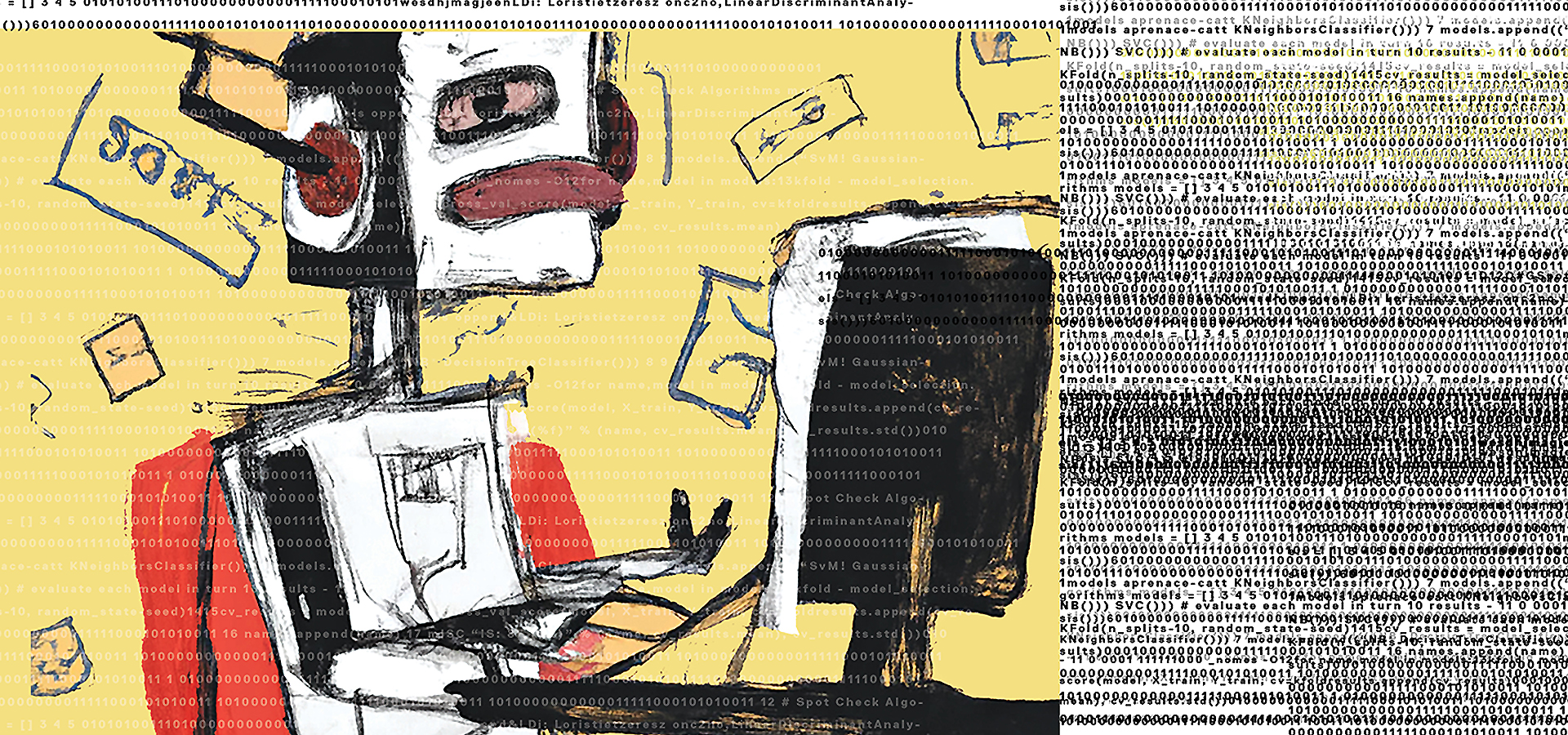From the Editor: Learning from Difference
Here in the UComms offices, we’ve been thinking a lot about culture and community: what it means to be in community with one another, what it takes to build a community, and how we push and also sustain each other through each passing year.
By the time you read this, we will have graduated another class of intrepid seniors, ushering them into a world of unbounded possibilities and welcoming them to their new status as alumni. As they head out across the globe to embark on new adventures, many will find that they rely on Wesleyan more than they may have expected—taking the friendships they’ve made along with them to strange new environments, leaning on connections and networks to help them find their way in new careers, or relying on their critical thinking skills and the guidance of mentor-professors to help them ride the wave of new challenges.
No matter what role we inhabit in our Wesleyan community, the pull of connection is strong. From the languages we speak, to the clothes we wear, or the interests we choose to pursue, we find identity in the ways we express ourselves, the spaces we occupy, and the people we interact with. Often that means challenging ourselves to be a little uncomfortable. To bridge cultural and language divides, to reach outside of ourselves, and to find that spark of commonality in what used to seem foreign or different. In this issue, we look at some of the ways in which Wesleyans have leaned into that sense of intercultural learning, expanding our connections and continuing to grow from them.
Whether it’s ChatGPT making us question how we evaluate authentic and “acceptable” communication or our campus chaplains making sure that our student body is managing the societal pressures that have weighed heavily on us these past three years, we are re-examining how we interact with each other. Meanwhile Professor Pedro Pascual and the burgeoning Deaf Studies Program are teaching lessons not only about Deaf culture, but also how we see difference and our ingrained biases toward what we define as “the norm.”
As you read this latest issue of Wesleyan magazine, I hope you’ll take time to consider what role you inhabit in the Wesleyan community and will enjoy reading about others who are strengthening our connections and establishing new ones. Every generation seems to redefine what Wesleyan is, and we look forward to discovering more about each other and reflecting that back through these pages.
Know of a Wesleyan alum who is forging new paths and leaning into their passions? Drop us a note at magazine@wesleyan.edu.


